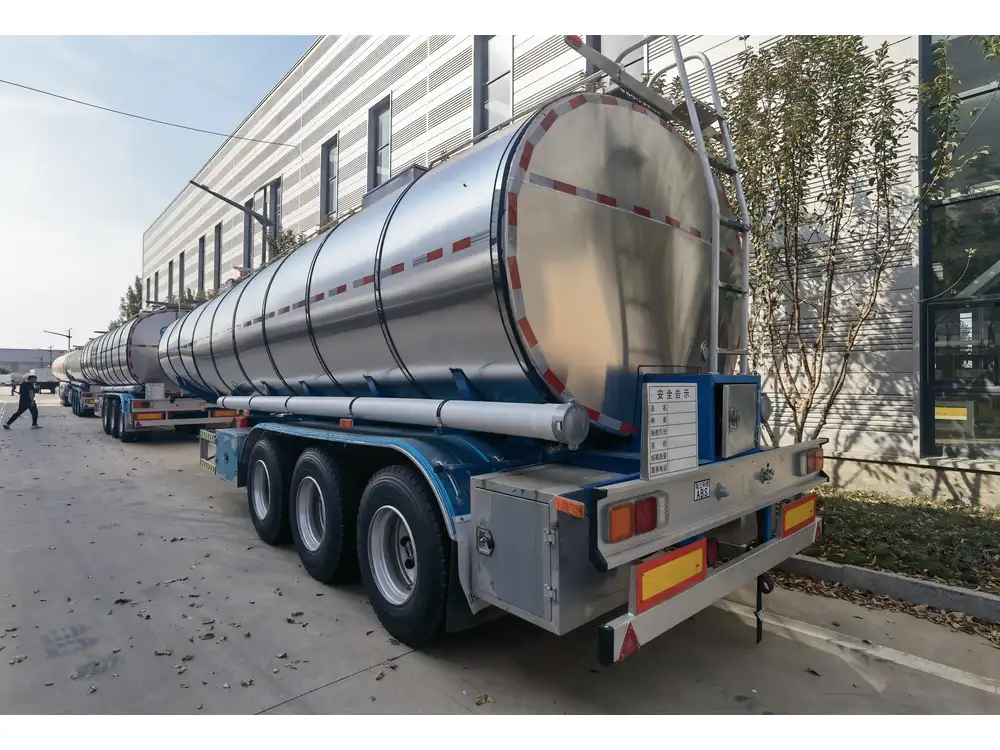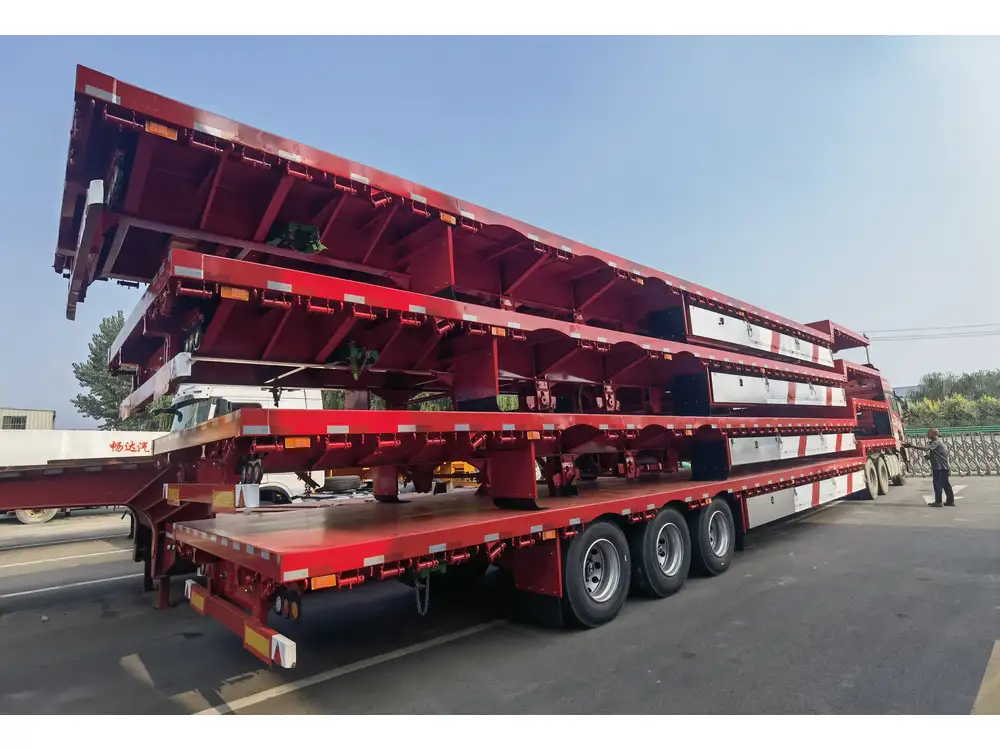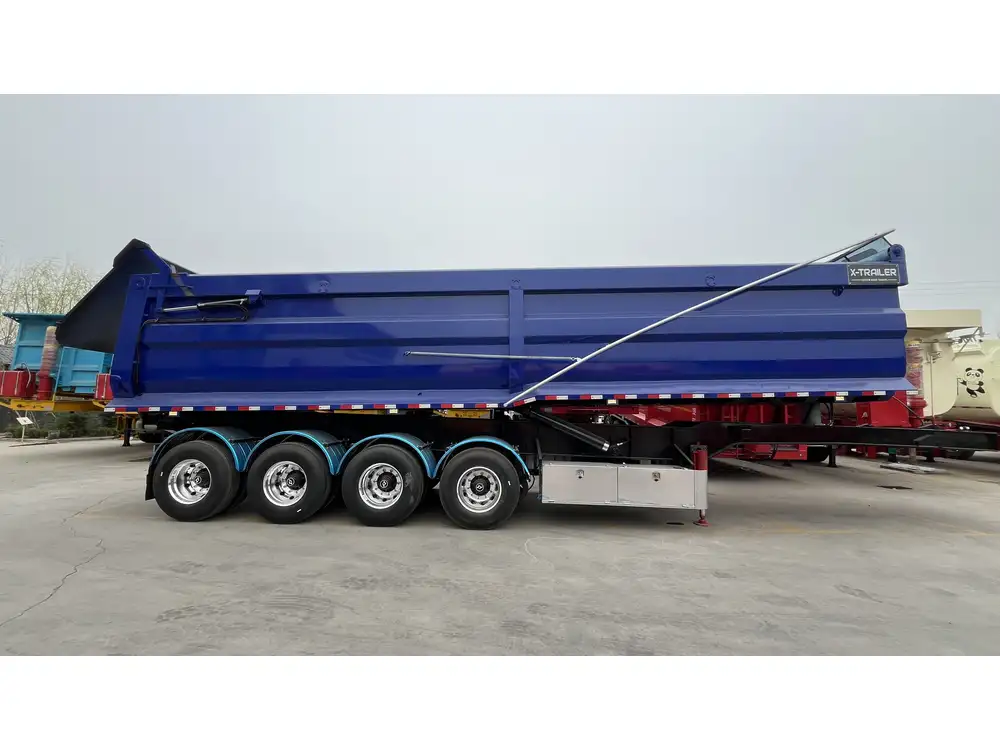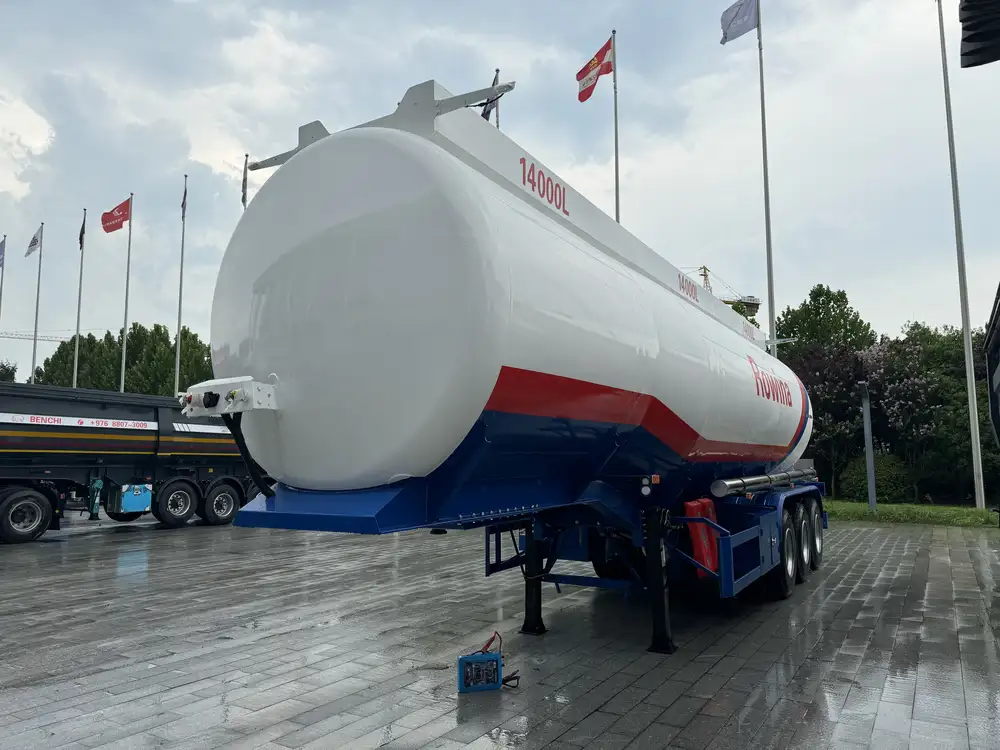Navigating the trucking industry often raises questions regarding certifications, particularly around the necessity of a Commercial Driver’s License (CDL). The query, “Do you need a CDL to pull a flatbed trailer?”, frequently arises, particularly among prospective truck owners and operators. This article delves into the nuances of CDL requirements, aiding users in making informed decisions about their flatbed trailer operations.
Understanding Flatbed Trailers
What is a Flatbed Trailer?
A flatbed trailer is designed without sides or a roof to accommodate a variety of cargo types, including heavy machinery, lumber, and large equipment. Its versatility offers significant operational advantages in freight transport while presenting specific regulatory challenges. These trailers vary in length, capacity, and design, each tailored to specific hauling needs.

Common Variations of Flatbed Trailers
The market features numerous flatbed trailer types:
| Type | Description |
|---|---|
| Standard Flatbed | Simple design used in general freight transport. |
| Step Deck (Drop Deck) | Features a lower deck to accommodate taller cargo. |
| Extendable Flatbed | Can be adjusted in length to carry oversized loads. |
| Hotshot Trailer | A smaller flatbed often pulled by a pickup truck. |
| Multi-Axle Flatbed | Designed for heavier and more stable loads. |
These variations enhance the ability to transport diverse goods while adhering to safety and operational guidelines.
CDL Regulations: An Overview
What is a CDL?
A Commercial Driver’s License (CDL) is a specialized license required to operate larger commercial vehicles. The requirements for obtaining a CDL include passing a series of written, vision, and driving tests.

Why You Might Need a CDL
To determine if you need a CDL for pulling a flatbed trailer, you must assess several factors related to weight and configuration:
- Gross Vehicle Weight Rating (GVWR): This indicates the maximum weight the vehicle can safely carry. If the combination of your truck and trailer exceeds 26,000 pounds, a CDL may be necessary.
- Trailer Type: Pulling a flatbed trailer does not automatically necessitate a CDL. The weight of the trailer and its cargo significantly impacts this decision.
Do You Need a CDL to Pull a Flatbed Trailer?
Situations Requiring a CDL
Combination Vehicles Over 26,000 Pounds: If the GVWR of the combined vehicle and trailer exceeds 26,000 pounds, federal law mandates a CDL. This applies regardless of whether the trailer is a flatbed or any other type.
Hazardous Materials: If you’re transporting hazardous materials, a special endorsement (HAZMAT) is required in addition to a CDL, irrespective of the trailer type.
Weight Classifications: If your truck itself is classified as a commercial vehicle, then operating any trailer, including flatbeds, necessitates a CDL.

Situations Not Requiring a CDL
Lightweight Combinations: If the total weight of your vehicle and trailer is under 26,000 pounds, a CDL is not required.
Personal or Non-commercial Use: Flatbed use for personal projects or within non-commercial capacities generally falls outside the regulations mandating a CDL.
Specific Exemptions: Some states have exemptions for farmers and individuals using specific vehicle configurations that might not require a CDL despite exceeding 26,000 pounds in certain contexts.
Analyzing State and Federal Regulations
Federal CDL Requirements
The Federal Motor Carrier Safety Administration (FMCSA) outlines the necessary requirements to obtain a CDL. These regulations are critical for maintaining safety in commercial trucking operations.
| Category | CDL A Requirement | CDL B Requirement |
|---|---|---|
| Vehicle Type | Combination vehicles (over 26,001 lbs) | Single vehicles (over 26,001 lbs) |
| Towing Capacity | Trailers over 10,000 lbs | None required |
| Hazardous Materials | Endorsement required | Endorsement required |

State-Specific Regulations
Each state may have its own interpretations of federal guidelines. Thus, it is imperative to check with your local Department of Motor Vehicles (DMV) or equivalent authority to ensure compliance.
Common State Requirements
- Local Weight Limits: Many states impose specific weight limits that define when a CDL is needed, which may differ from federal guidelines.
- Endorsements: Depending on what you’re transporting, some states may require endorsements that augment basic CDL requirements.
Additional Considerations for Flatbed Trailer Operators

Insurance Considerations
Regardless of CDL requirements, carrying comprehensive insurance is vital for flatbed trailer operations. Depending on the weight and nature of the cargo transported, different insurance requirements will apply. This covers:
- Cargo Insurance: To protect your load in case of damage.
- Liability Insurance: To safeguard against accidents involving other vehicles or property.
Safety Regulations
When operating any type of trailer, especially flatbeds, awareness of safety regulations is essential.
- Load Securement: Improperly secured loads can lead to accidents, so understanding load securement regulations is crucial.
- Maintenance: Regular checks on both the towing business and trailer ensure safety compliance and reduce accident risks.
Conclusion: Making Informed Choices
To determine whether a CDL is necessary for pulling a flatbed trailer hinges on several interrelated factors, primarily the weight of the combined vehicle and trailer, as well as the type of cargo being transported. Understanding these elements can prevent legal complications and ensure safety on the road.

Key Takeaways
- Assess Weight: Evaluate the GVWR to ascertain if a CDL is needed.
- Stay Informed: Regularly check for changes in state and federal regulations.
- Consider Safety and Insurance: Regardless of licensing requirements, ensure all safety and insurance measures are up to date.
Utilizing this knowledge will empower trailer operators to navigate the complexities of CDL requirements effectively, leading to safer and more efficient transportation operations. As regulations can be nuanced, maintaining an authoritative understanding is paramount to thriving in the trucking business.



